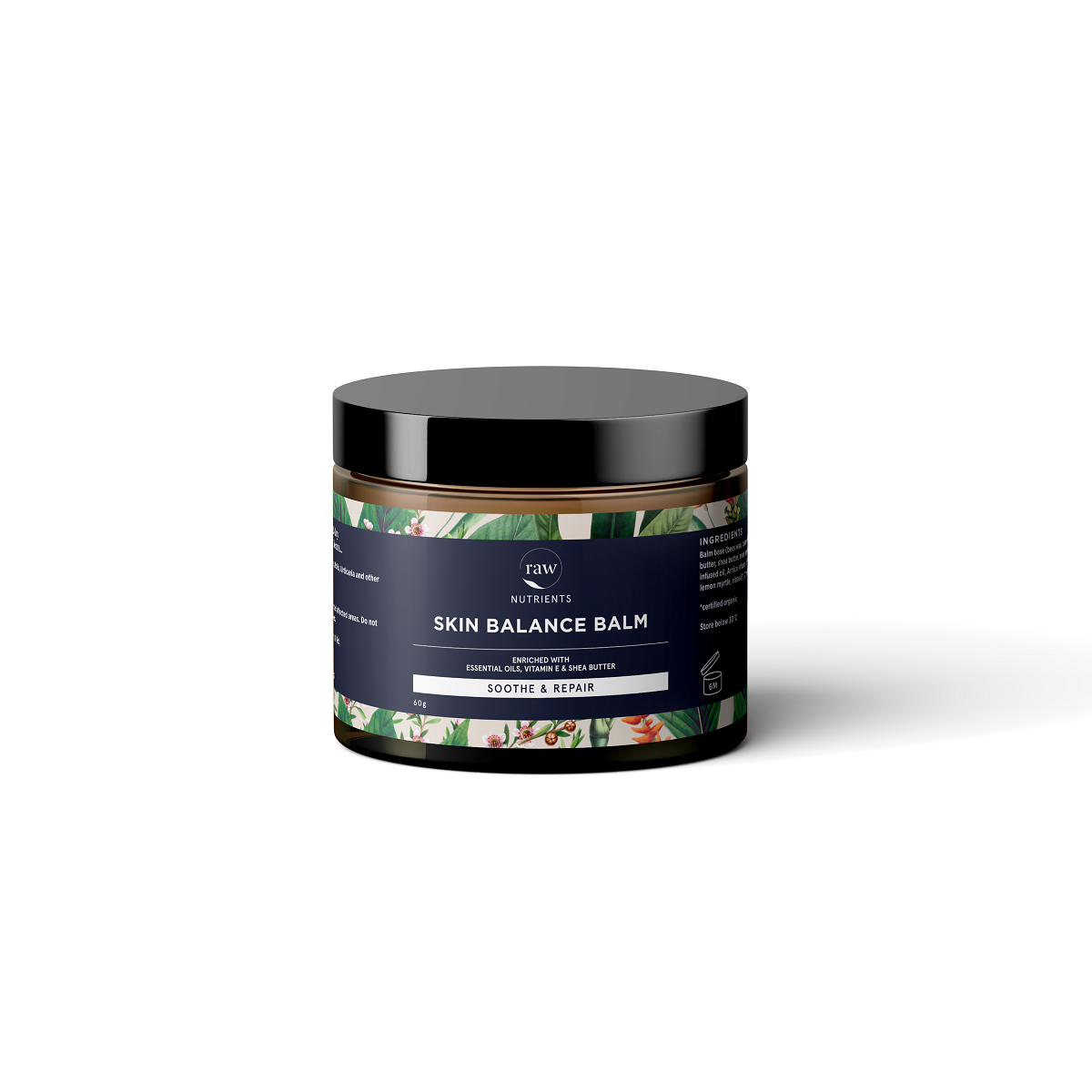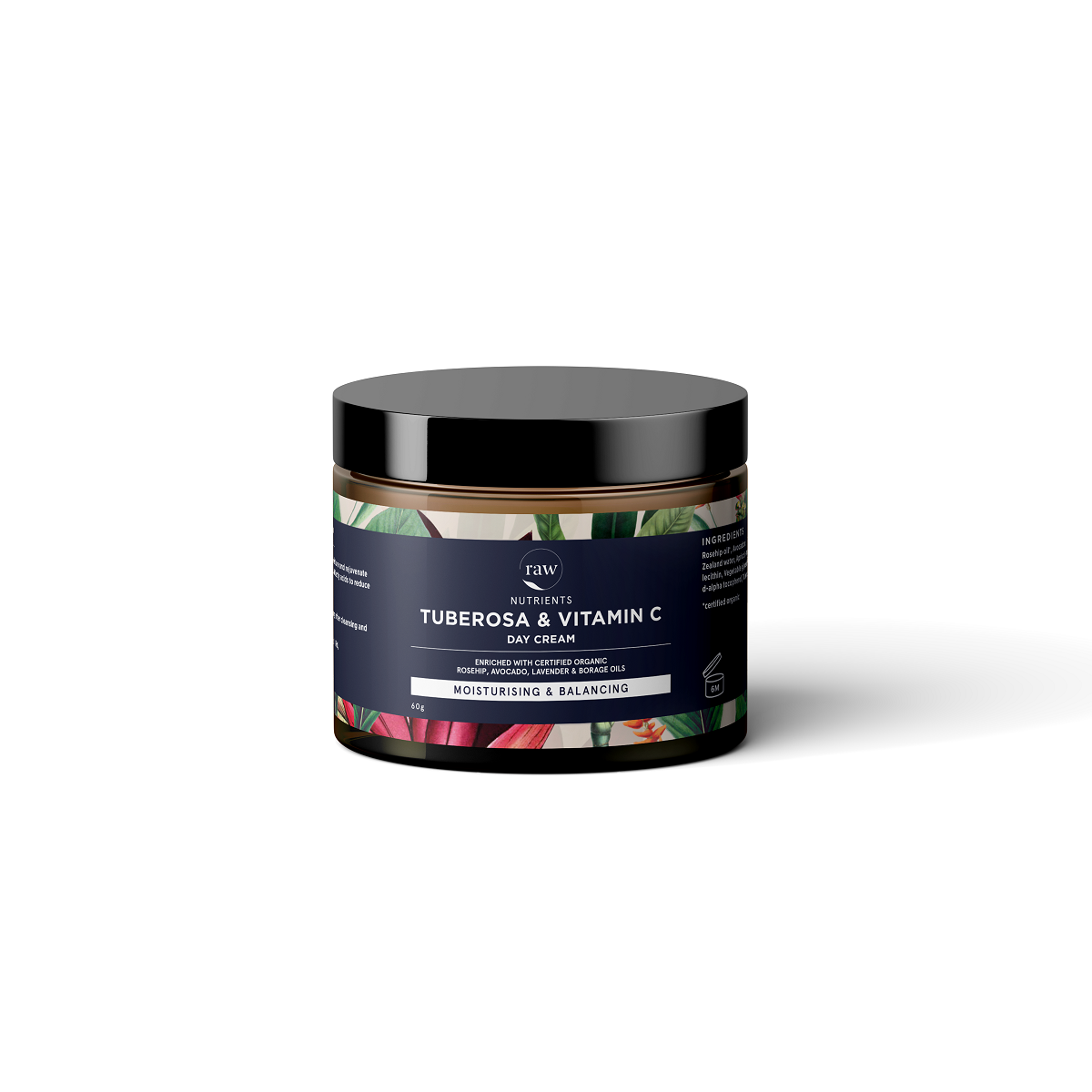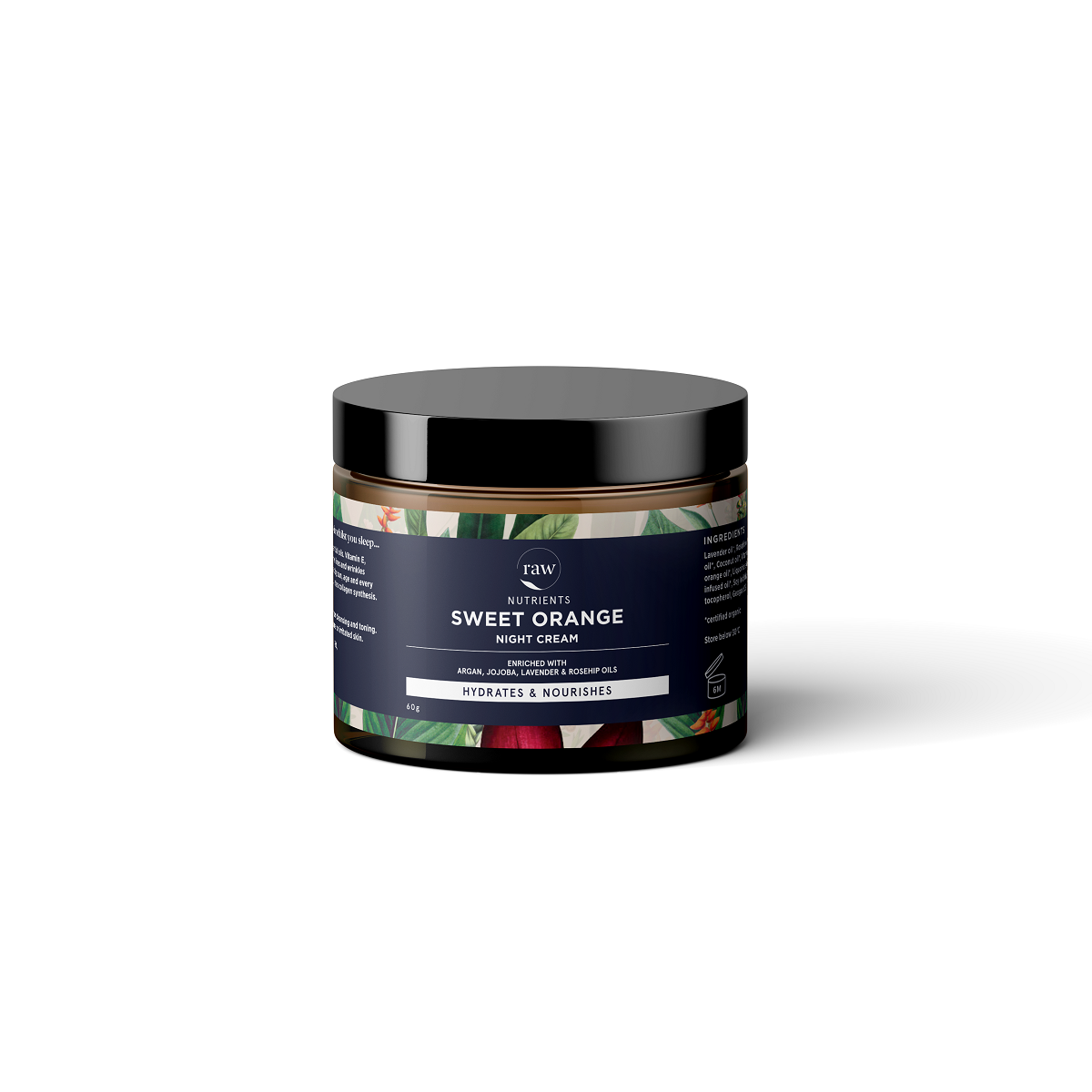-
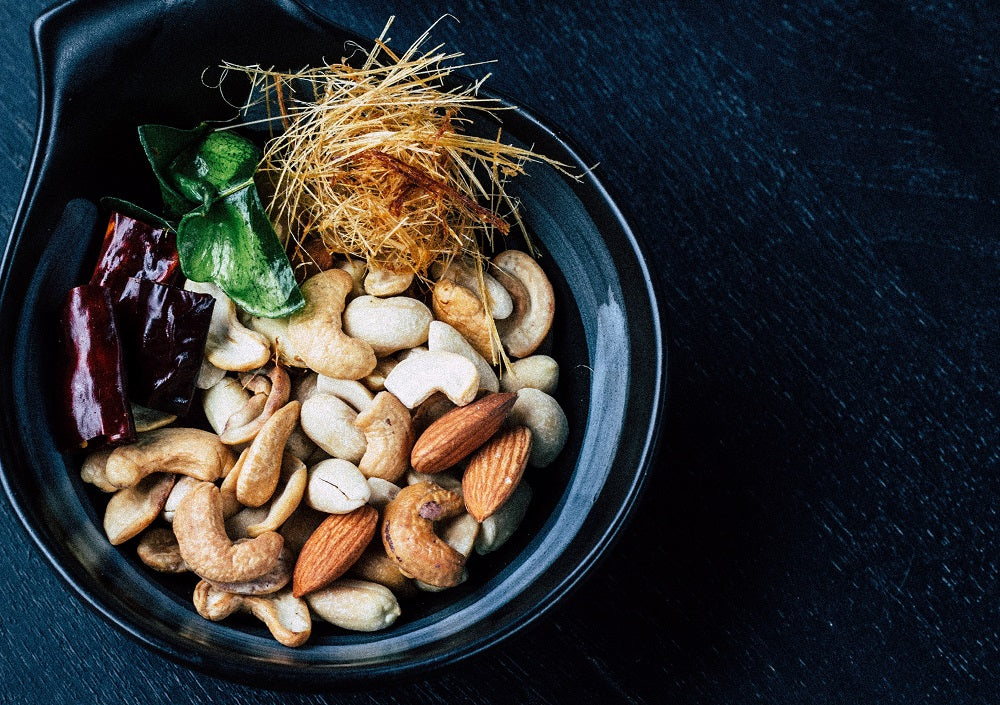
Think about zinc!
Zinc plays many important roles in your body. This essential dietary mineral is involved in metabolism processes, hel...
-
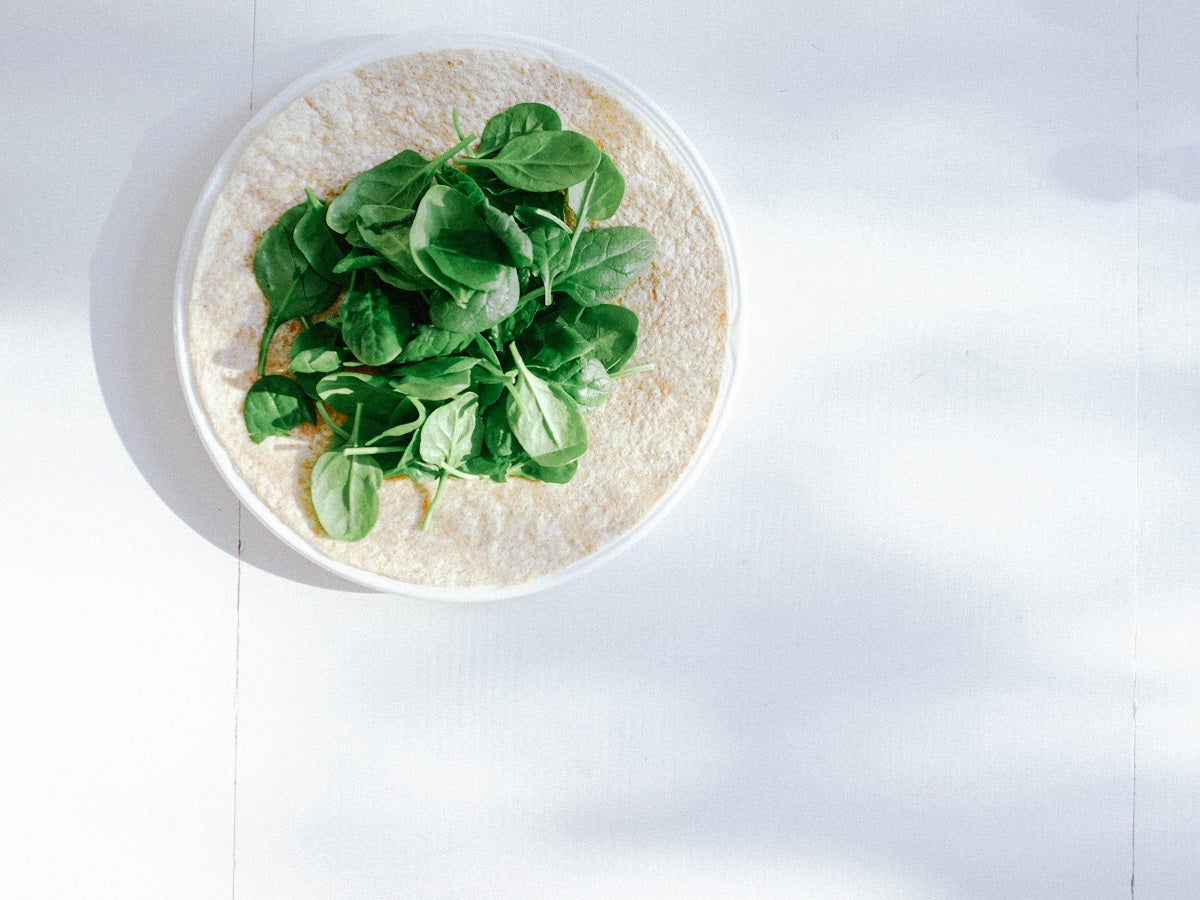
Magnesium; Are We Consuming Enough?
There is widespread magnesium deficiency, and given the importance of magnesium in the body, it is but essential to r...
-

Probiotics; When & how do they work best?
Your gastrointestinal system comprises different microorganisms. The gut bacteria play a vital role in the health and...
-
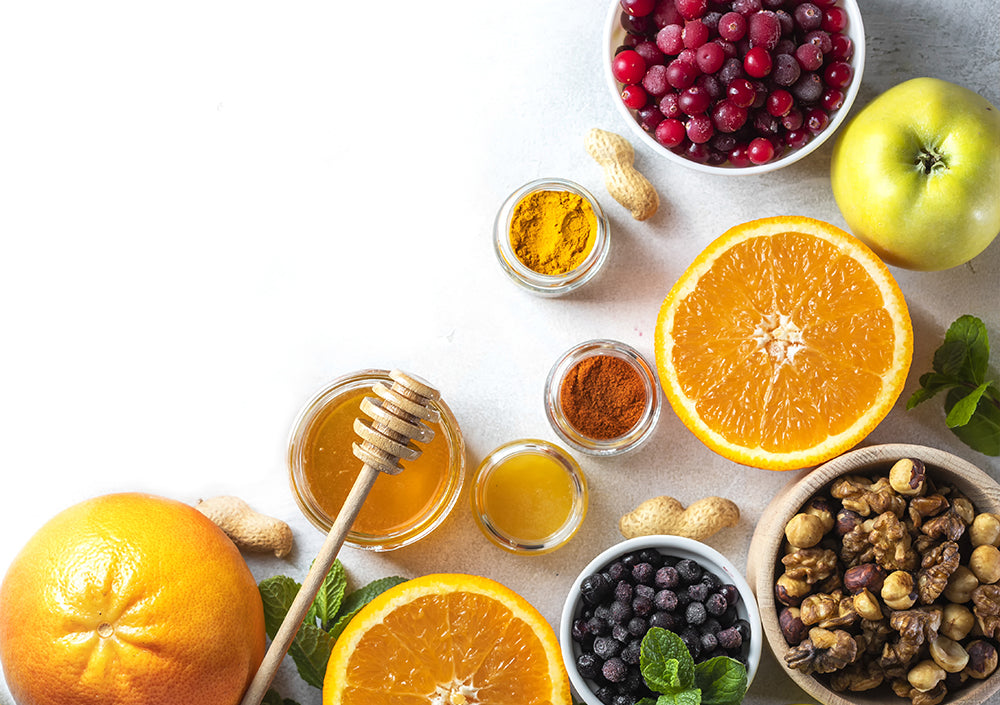
Vitamin C; How does it benefit wellness?
Vitamin C has gained popularity as an antioxidant. However, research claims that it can act as both an antioxidant an...
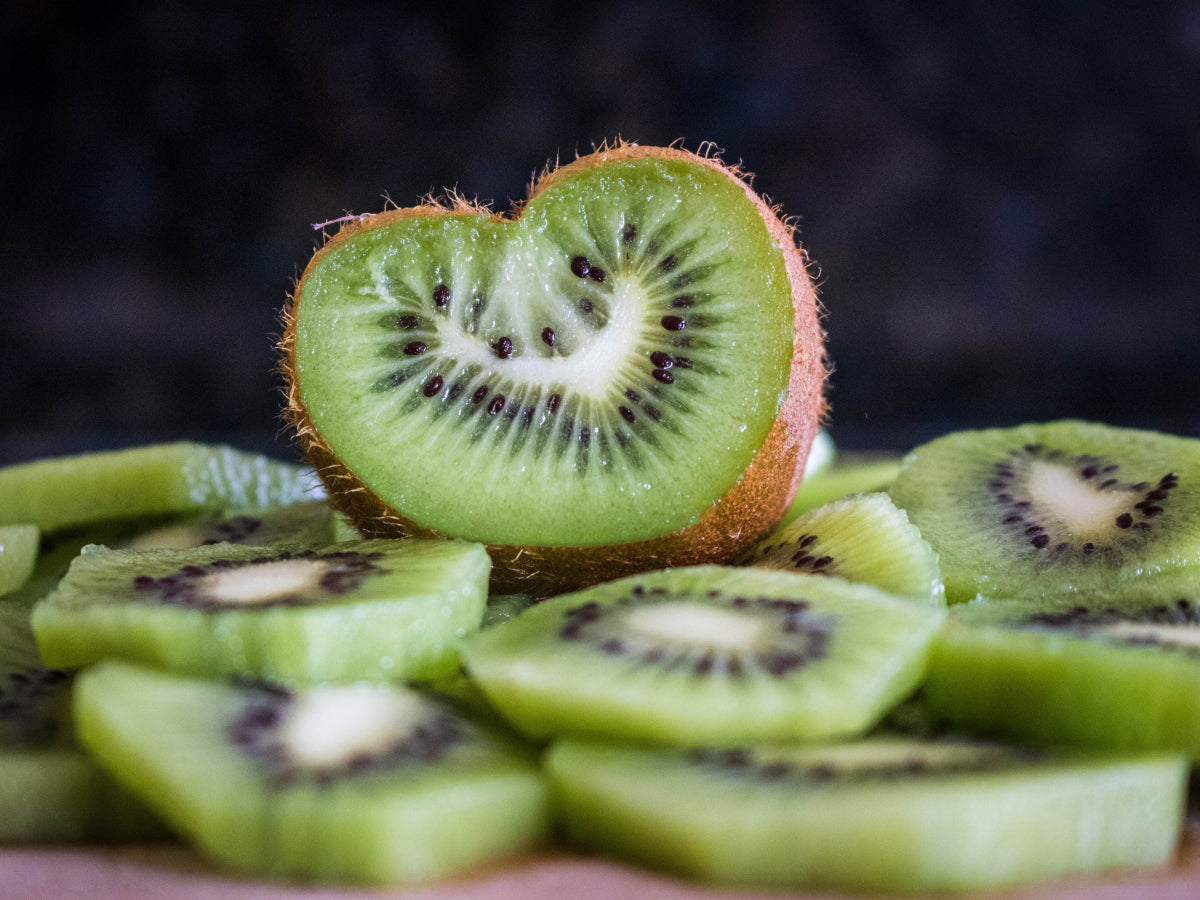
Haemorrhoids
Haemorrhoids are usually caused if you experience chronic constipation or stiffness during bowel movements. However, they may also be caused by increased pressure due to an overweight body or pregnancy. Sometimes prolonged sitting may result in haemorrhoids. If ignored, haemorrhoids may become an ongoing health issue. Ideally, everyone has haemorrhoids. It is in the form of pillowy veins lying beneath the mucous membrane that lines the anus and rectum. When the veins get swollen or distended due to any of the aforementioned reasons, this condition is known as haemorrhoids.
They are of two types:
- Internal haemorrhoids in the lower rectum and typically painless. They may or may not produce bleeding. Sometimes internal haemorrhoids may cause other problems if they prolapse.
- External haemorrhoids under the skin surrounding the anus that can erode. As a result, they can get extremely uncomfortable. In some cases, a blood clot could develop within an external haemorrhoid, resulting in extreme pain. It could appear as a lump around the anus. However, as the blood clot dissolves, excess skin left behind may become irritated.
A protruding haemorrhoid can collect mucus and stool, which may contribute to itching and irritation.
Causes of Haemorrhoids
Chronic constipation is one of the leading causes of haemorrhoids. Besides, any activity that interferes with the blood flow to the area may result in the enlargement of the blood vessels. This is primarily the reason for haemorrhoids in pregnancy, as the enlarging uterus puts constant pressure on the veins.
Haemorrhoids are known to cause rectal bleeding during bowel movement due to abnormal changes in the vascular channel. Dilatation and distortion along with the degradation or disintegration of the supporting tissue are linked with haemorrhoids.[i]
Research finds a higher resting anal canal tone and a larger diameter of the terminal branches of the rectal artery in patients with haemorrhoids. The smooth muscle of the anal canal is tighter, which comes under intense pressure during constipation, forcing haemorrhoids to push against the sphincter muscle. In the elderly, haemorrhoids might be a common occurrence due to weakened connective tissues, resulting in the prolapse and bulging of haemorrhoids.
Research finds a higher peak velocity and greater blood flow in haemorrhoids patients. The abnormal findings were still found in patients who had undergone the surgical removal of haemorrhoids.[ii]
Diagnosis
The diagnosis is easy with a simple medical exam or physical checkup of the rectum to look for signs of blood in stool.
The doctor may examine the anal canal with an endoscope. They insert a plastic tube that illuminates in the rectum to look for evidence of rectal bleeding. When other causes of bleeding are ruled out, colonoscopy may be performed.
Treatment
Add more fiber to daily diet
Make fiber an integral part of your regular diet. With fiber, your overall consumption of fluid should also go up. Fiber softens stools, making it easier to eliminate. As a result, there is no stress on haemorrhoids.
Some of the high-fiber foods are whole grains, oats, vegetables, fruits, and beans. Fiber supplements help reduce the risk of inflammation and haemorrhoid bleeding. However, it is important to increase your fluid intake too. Research finds a consistent beneficial effect of fiber intake on bleeding and symptoms of haemorrhoids following the introduction of fiber-rich supplements in diet.[iii]
Exercise
Regular exercise can stimulate bowel function and help keep you regular. Exercising helps improve muscle flexibility and improve bowel movement.
Clot treatment
If a blood clot forms, you may experience excruciating pain. A surgery may be required to remove haemorrhoids. There is an alternative to surgical removal of haemorrhoids it is known as Staples or stapled haemorrhoidopexy. It is done primarily for prolapsed internal haemorrhoids. Under the procedure, a stapling device may be used to bring haemorrhoids back to their normal position.
Sitz Bath
Soak yourself in a bucket of warm water. It is one of the most effective ways to relieve itching and spasms of the sphincter muscle. Experts recommend taking sitz bath every time you eliminate to find relief from irritation in the rectum.
Do not delay
You do not want to wait for defecation if you feel the urge to eliminate. When it comes to defecation, there is no more convenient time than to do it when you feel the urge. Better still, it would help to follow a regular schedule for bowel movement. This should help keep you regular.
Topical relief
For extreme irritation, itching, and pain, some over-the-counter medications might soothe pain. Wipes soaked in witch hazel have a soothing effect so does a small ice pack. Place the ice pack against the anal to reduce pain and swelling. Besides, it would help to sit on a cushion instead of a hard surface. Soft surfaces have a reduced risk of swelling of haemorrhoids.
All in all, there is always a risk of recurrence if you opt for a surgical procedure.[iv] The best way to avoid such painful procedures is to focus on a healthy diet, which includes natural supplements. This should help add more fiber to your daily meals, thus helping keep you regular.
References
[i] Thomson W. H. (1975). The nature of haemorrhoids. The British journal of surgery, 62(7), 542–552. https://doi.org/10.1002/bjs.1800620710
[ii] Thomson WH. The nature and cause of haemorrhoids. Proc R Soc Med. 1975;68(9):574-575.
[iii] Alonso-Coello, P., Mills, E., Heels-Ansdell, D., López-Yarto, M., Zhou, Q., Johanson, J. F., & Guyatt, G. (2006). Fiber for the treatment of hemorrhoids complications: a systematic review and meta-analysis. The American journal of gastroenterology, 101(1), 181–188. https://doi.org/10.1111/j.1572-0241.2005.00359.
[iv] Staples. An alternative to traditional hemorrhoidectomy is called stapled hemorrhoidopexy. This procedure treats bleeding or prolapsed internal hemorrhoids. The surgeon uses a stapling device to anchor the hemorrhoids in their normal position. Like traditional hemorrhoid removal, stapled hemorrhoidopexy is performed under general anesthesia as day surgery.
You might be interested in...
Raw Resources
Read About the Science Behind the Supplements

